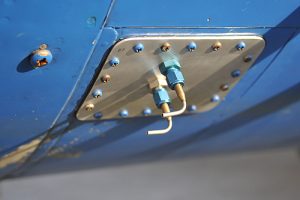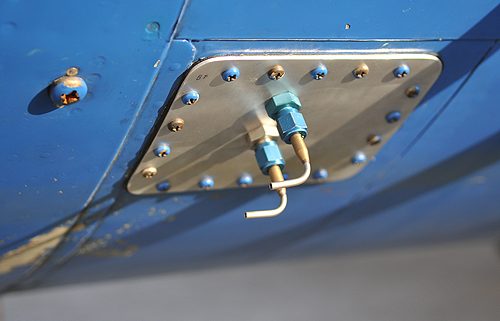
In reaction to the initial closure of Dutch airspace for all air traffic due to volcanic ash, NLR test flights were executed to observe the areas with assumed volcanic ash.
Description of work On 18, 19, 20 and 23 April 2010 areas with dispersed ash were searched for and observed. In the flights of 20 and 23 April instrumentation for detection of particles was evaluated in support of the visual observations.
Results and conclusions For the flights on 18 and 19 April the main goal was to ascertain that areas with dispersed ash were visible to the naked eye and to verify the position of these areas as predicted by dispersion models from the Royal Netherlands Meteorological Institute (KNMI). It was found that the KNMI predictions were more accurate than the more general predictions by the Volcanic Ash Advisory Center (VAAC) London. The flight of 20 April was in response to a pilot report (PIREP), reporting possible volcanic ash in a defined area. In agreement with predictions by KNMI no volcanic ash was encountered. The flight dedicated to improved observation techniques on the 23rd of April demonstrated the potential to measure mass density of particles in clouds. Â Applicability Besides visual observations, which have proven valuable in clear sky conditions, NLR can perform ‘in situ’measurements of the particle density (number of particles per unit of volume). This capability can be used to determine relative contours of particle distribution. To translate these measurements to an absolute value (e.g. the determination of the edge of the 2mg/m3 contour) several assumptions must be made and further calibration of the measurement technique is required.
Further enhancement of the sensor suite, including a more accurate particle mass determination and real-time analysis of the composition of measured particles, (to exclude possible water and ice particles from the measurements) is considered for the immediate future.



